Remembering ‘Lucas’: The movie that launched careers and (gave us the slow clap)
You gotta start somewhere and, for several stars, there was no better place to do so than the 1986 teen film “Lucas.”
In this simple story about complex emotions, Corey Haim delivered a tour de force performance in the title role, the mopheaded and diminutive 14-year-old social outcast Lucas, who befriends 16-year-old new girl Maggie (Kerri Green) in the weeks leading up to the first day of school. He immediately falls head over heels for her, only to watch her slip away when football star Cappie (Charlie Sheen) breaks up with longtime girlfriend Alise — played by Courtney Thorne-Smith in her on-screen debut — and begins dating her.
“Lucas” is sweet, but not to the point it feels artificial. It is a fantastic movie, and it’s remarkable to see who came out of it. Sheen, whose Cappie is the one jock who defends Lucas, was in the early stages of a decorated career. Thorne-Smith was joined by Winona Ryder and Jeremy Piven in making their big-screen debuts. Heck, even "Will & Grace" star Sean Hayes was an extra, in what his reps tell TODAY was his first on-screen job.
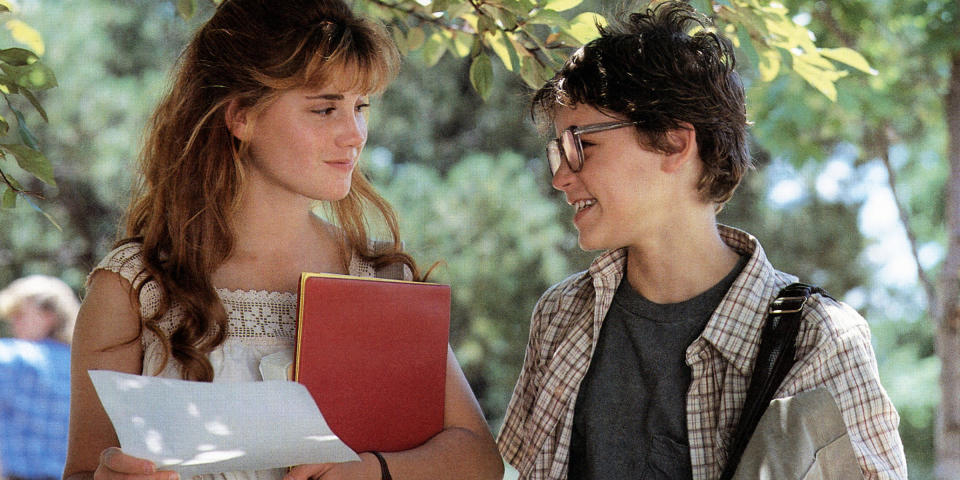
Thorne-Smith, who landed her role after attending an audition in the basement of a San Francisco church after her high school’s theater company was contacted about a casting call for the movie, says she is amazed at how the careers of so many in the cast took would take off.
“Oh, I have thought about that. Yeah, it was extraordinary,” she told TODAY.
Thorne-Smith, who has gone on to find great success on shows like “Ally McBeal,” “Melrose Place” and “According to Jim,” says the film’s writer-director, David Seltzer, will always have a special place in her heart.
“I owe him my entire career,” she said.
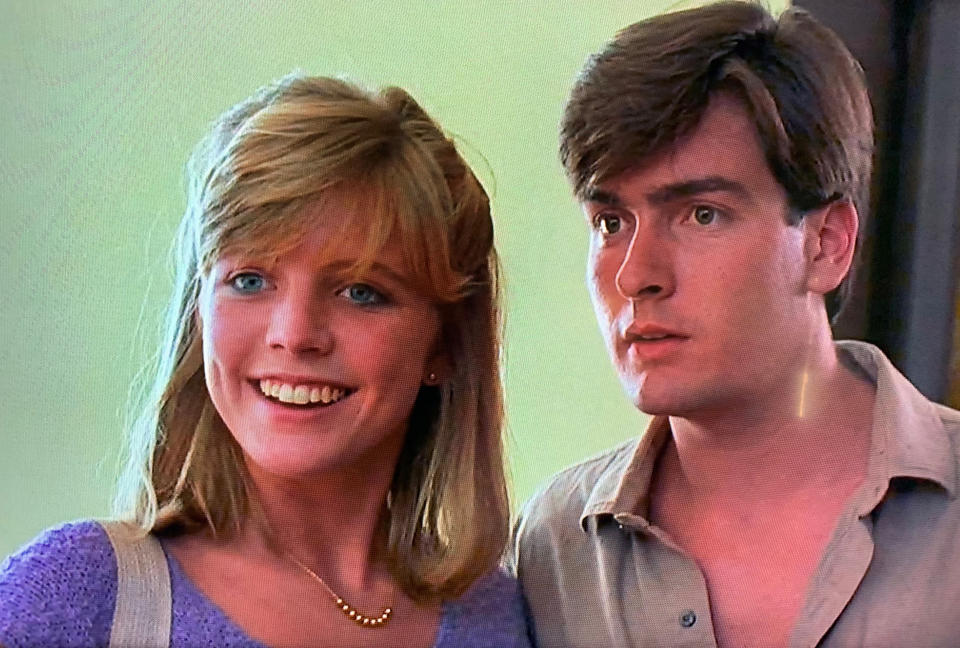
Seltzer, who calls the movie “absolutely autobiographical,” says he didn’t realize how much of a launching pad it would be, although he was aware of how gifted the actors involved were.
“In terms of the talent of this group, when they got together in a room reading that script, the room could have levitated,” he told TODAY. “It all came so alive and so real, partially because they had virtually no experience and were all so natural with it.”
There was also the late Haim. One of the brightest child stars of the ‘80s, he delivered a performance that won raves.
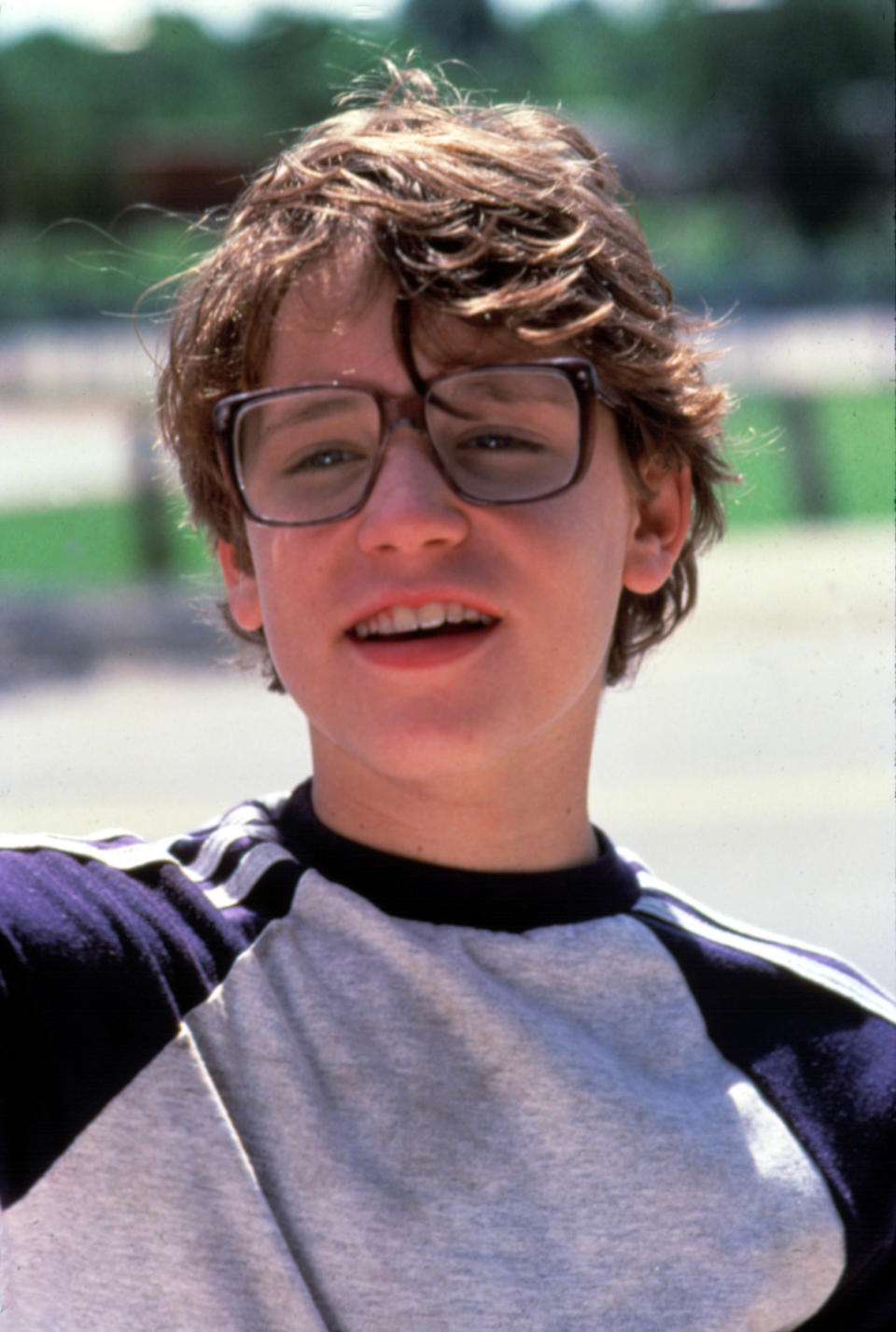
“Lucas" is one of the year's best films,” famed movie critic Roger Ebert wrote in his review of the drama, while touting Haim’s work.
“He creates one of the most three-dimensional, complicated, interesting characters of any age in any recent movie. If he can continue to act this well, he will never become a half-forgotten child star, but will continue to grow into an important actor. He is that good,” Ebert wrote. His words, in retrospect, seem haunting and sad, given how Haim died at the age of 38 in 2010.
Seltzer says Haim was the perfect person for the part.
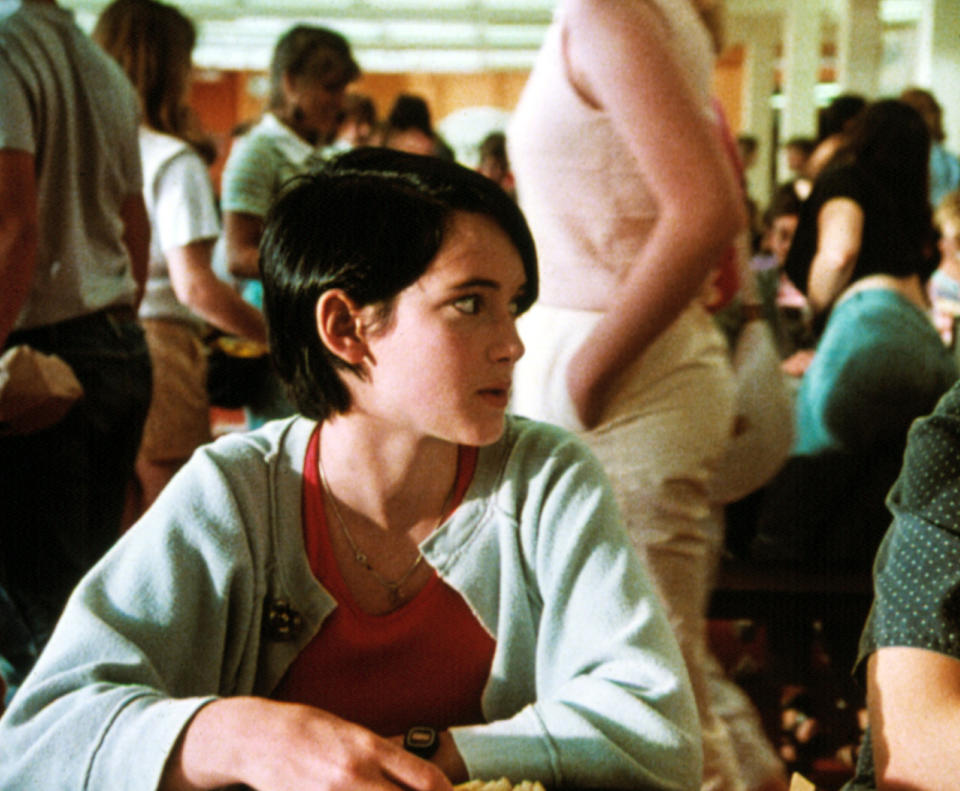
“He had such a spark about him and he tackled the dialogue in a brief audition and just did great with it,” he said. “And I knew we had him. There were other young kids whose agents were pushing them for the role, so many of them became very famous. But Corey absolutely was the one.”
With its themes of bullying, first love and the need to fit in, Seltzer says the movie continues to hold up today.
“I think probably the journey from childhood to young adulthood is fraught with exactly the same perils, the self-doubt, the need for validation, the hunger to be appreciated in the way that you need to be,” he said.
“It was so authentic. The script was so authentic. Everything about it was so real,” Thorne-Smith said.
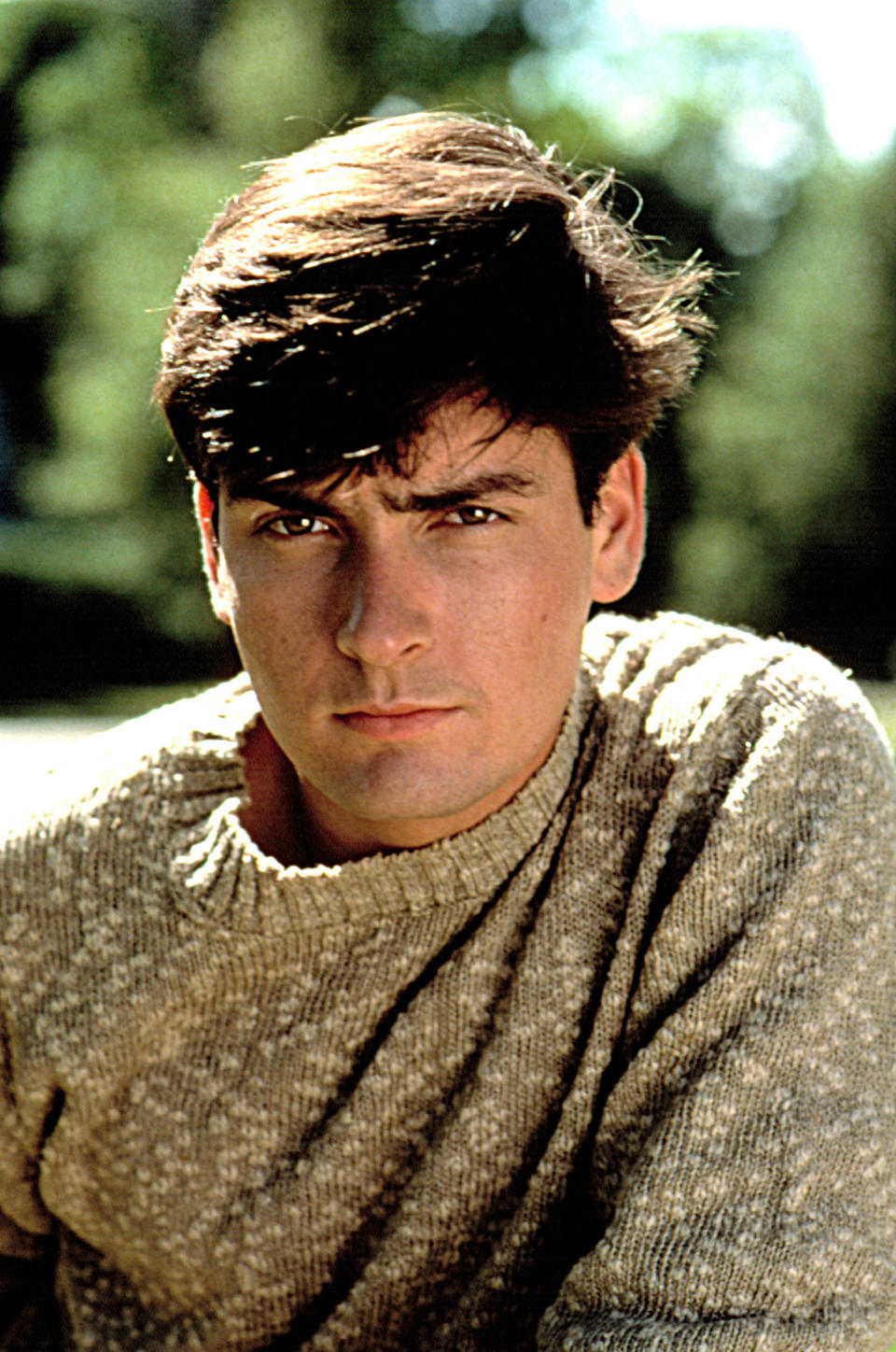
“It's such a sweet movie,” she added.
“Lucas” was not a box office smash, earning $8 million. It also came out about two and a half months before another much more well-known teen movie did: the John Hughes classic “Ferris Bueller’s Day Off,” which, coincidentally, also featured Sheen, albeit in a smaller role.
Noting that Hughes was “a wonderful filmmaker,” Seltzer says his movies were different from what he wanted to depict in “Lucas.”

“I said, I want to break the mold of teenage movies and make it no drugs, no sex, no rock-and-roll. Let's see how this will fly,” he said. “So I think when you strip away all those excesses of youth, you wind up with the same core of what makes for a teen for a young teenage boy or preteen boy and girl.”
More than three decades have passed since “Lucas” came out and Seltzer has to think when asked if Hughes’ movies and other teen films of the ‘80s overshadow it.
“Obscured by John Hughes? Yeah. His movies were much flashier,” he said. “And I think he was definitely a man who was conscious of building a career, so he had a brand. ... But I think you have a point there. I hadn't thought of it. That’s somehow consoling in the fact that it is.”

“Lucas” also features one of the more underrated endings in a movie, complete with something novel at the time: the slow clap. As the film draws to a close, Lucas opens his locker to discover he’s been gifted a varsity jacket after he got injured while playing in the football team’s game over the weekend. It’s a dramatic moment, as the jocks who had previously bullied him start clapping, inciting everyone else in the hallway to join in before they are all whipped into a frenzy.
Seltzer says it was the first time it's been seen in a movie, pointing out that the film originally ended with Lucas in the hospital, which a test audience disliked, forcing him to think of a new ending when he met with producer Lawrence Gordon, who ultimately came up the idea.
“And the slow clap became famous. And I refuse to take credit for it because it was so absolutely wonderful,” he said.
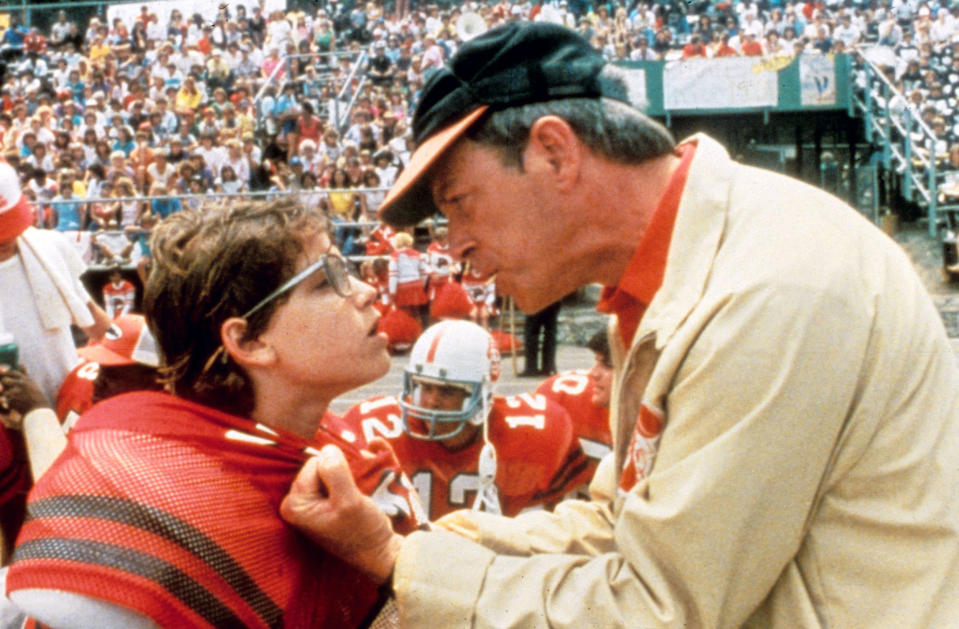
“Lucas” brought so much to the table, from casting to story to scene devices. Thorne-Smith says she hasn’t watched the movie in a long time, but would like to sit down and revisit it.
“I imagine it will be very emotional for me. That movie changed my life,” she said.
“David Seltzer … is such a brilliant, sensitive and kind man. And he treated all of the kids, and we were all just kids, with so much respect as actors. And it was such an extraordinary first experience.”
